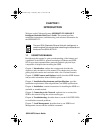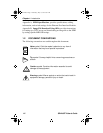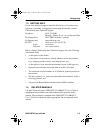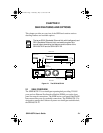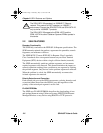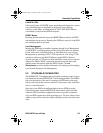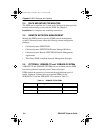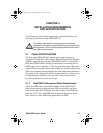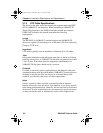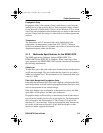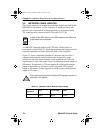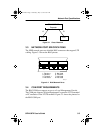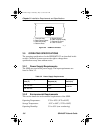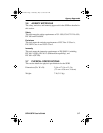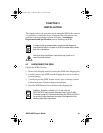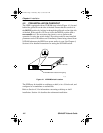
Chapter 3: Installation Requirements and Specifications
3-2 SEHI100TX User’s Guide
3.1.2 UTP Cable Specifications
The device at the other end of the twisted pair segment must meet IEEE
802.3u 100BASE-T specifications. When connecting a 100BASE-TX
Twisted Pair Segment to the SEHI twisted pair network ports and the
EPIM-100TX module, the network must meet the following
requirements:
Length
The IEEE 802.3u 100BASE-T standard requires that 100BASE-TX
devices be capable of transmitting over a 100 meter (328 foot) link using
Category 5 UTP wire.
Impedance
UTP cables typically have an impedance of between 85 to 110 ohms.
Jitter
Intersymbol interference and reflections cause jitter in the bit cell timing,
resulting in data errors. A 100BASE-TX link must not generate more than
1.4 ns of jitter. If the cable meets the impedance requirements for a
100BASE-TX link, jitter should not be a concern.
Crosstalk
Crosstalk is caused by signal coupling between the different cable pairs
contained within a multi-pair cable bundle. 100BASE-TX transceivers are
designed so that the user does not need to be concerned about cable
crosstalk, provided the cable meets all other requirements.
Noise
Noise is caused by either crosstalk or externally induced impulses.
Impulse noise may cause data errors if the impulses occur at very specific
times during data transmission. Generally, the user need not be concerned
about noise. If noise-related data errors are suspected, it may be necessary
to either reroute the cable or eliminate the source of the impulse noise.
SEHI Book Page 2 Wednesday, May 15, 1996 10:42 AM



